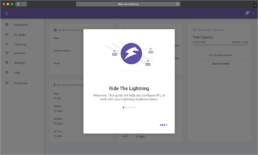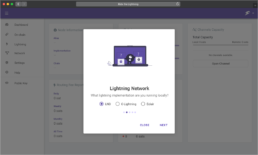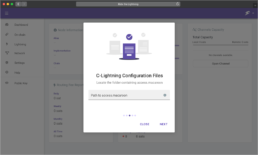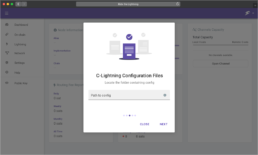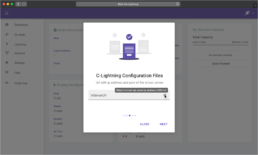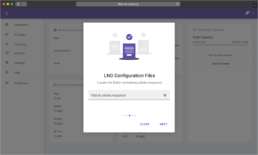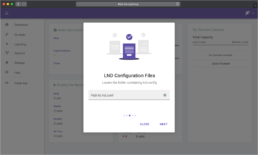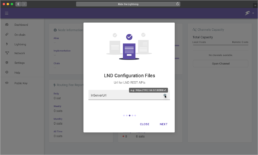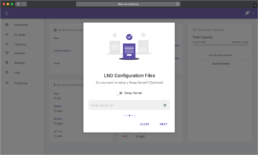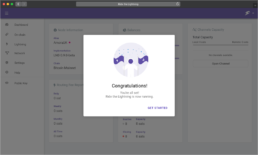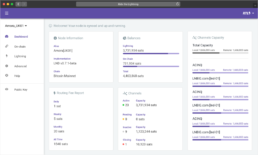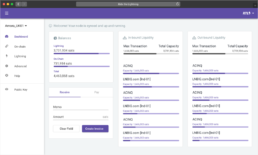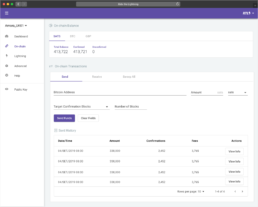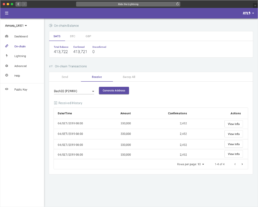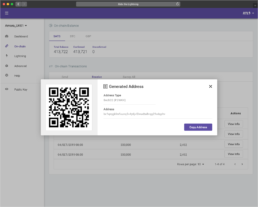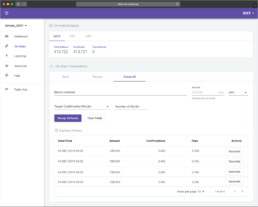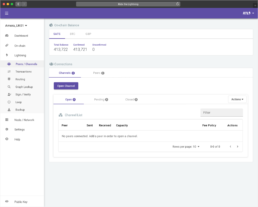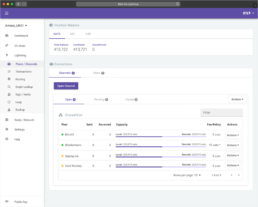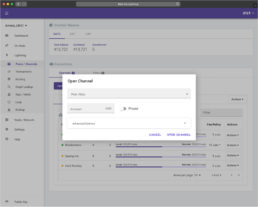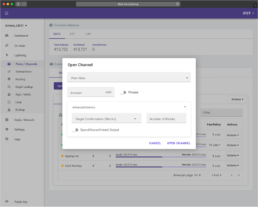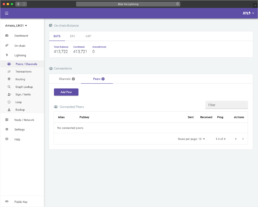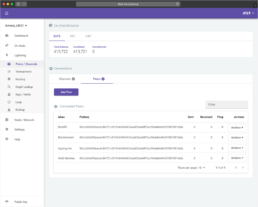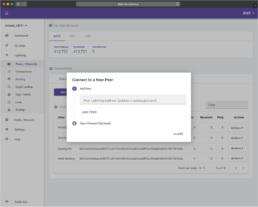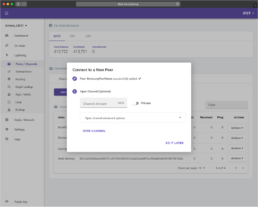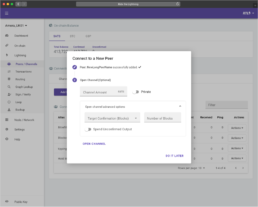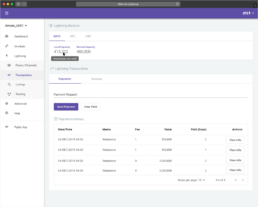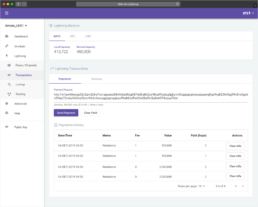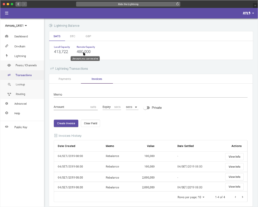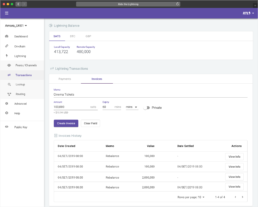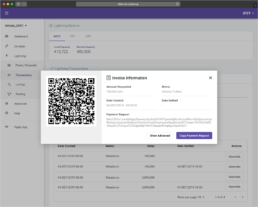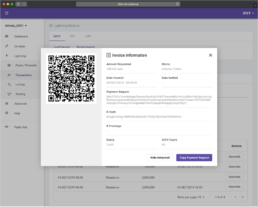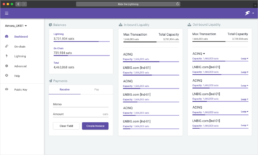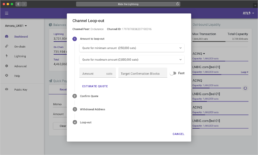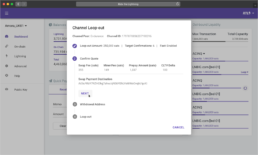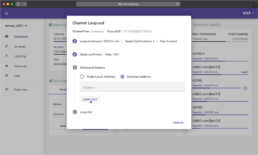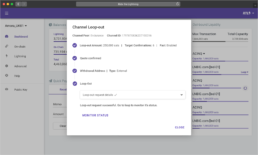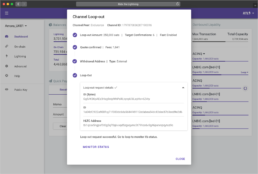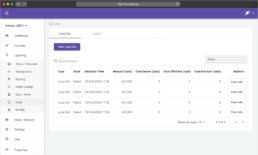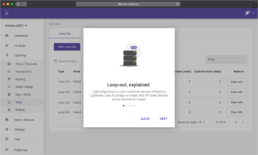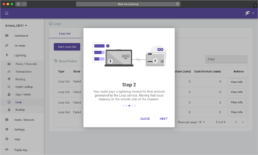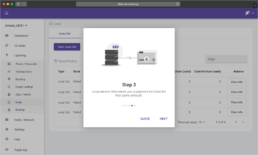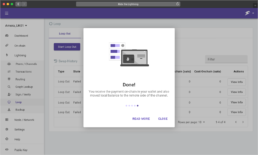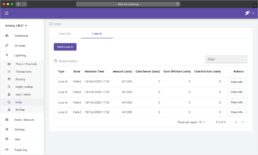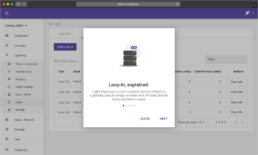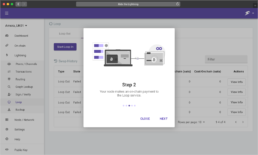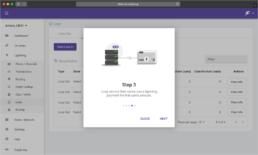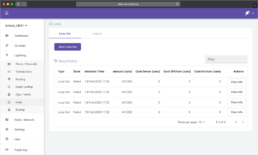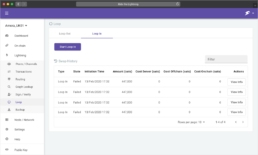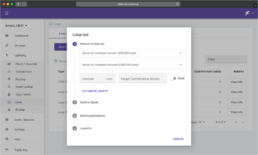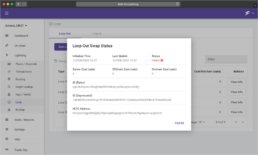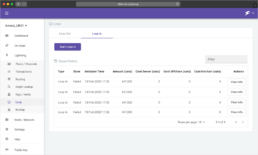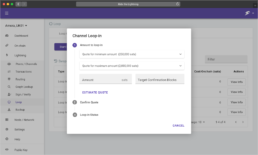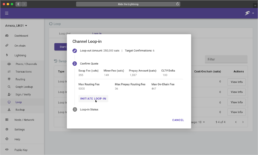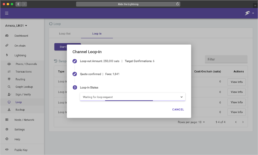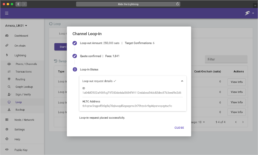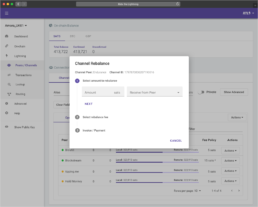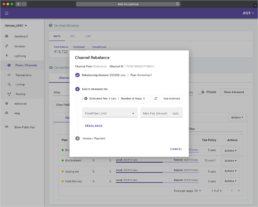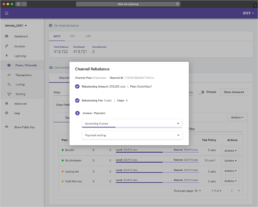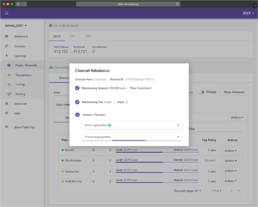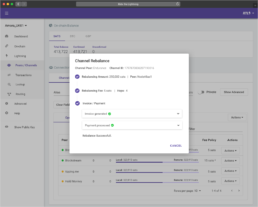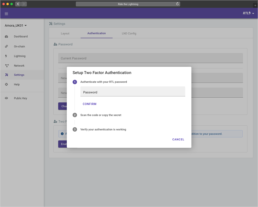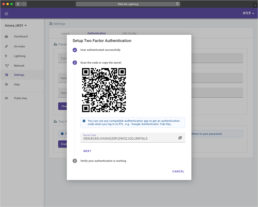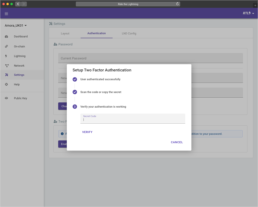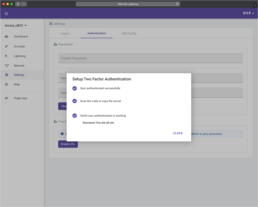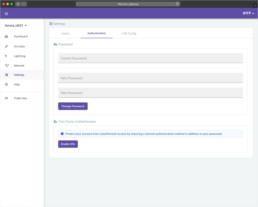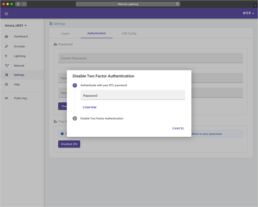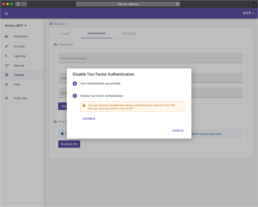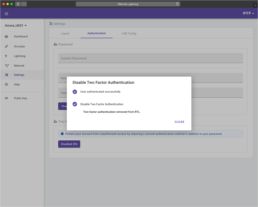RTL – Ride the Lightning
RTL (Ride The Lightning) is a full function, device agnostic, web user interface to help manage lightning node operations. RTL is available on LND and C-Lightning implementations.
The Lightning Network is a decentralized system for instant, high-volume micropayments that removes the risk of delegating custody of funds to trusted third parties. The Lightning Network is dependent upon the underlying technology of the blockchain. By using real Bitcoin/blockchain transactions and using its native smart-contract scripting language, it is possible to create a secure network of participants which are able to transact at high volume and high speed.
OrganizationRTLYear2019Websitegithub.com
Onboarding
To simplify installation and setup, we decided to create an onboarding process to guide the user through the required steps to have RTL up and running and connected to the desired bitcoin chain.
Dashboard
The RTL app has two specific dashboards tailored for two personnas identified as the target users and will inform core design and UX decisions. The personas are the “Merchant Node Operator” and “Routing Node Operator”.
Routing Node Operator
The Routing node operator was defined by having the following user needs: Ensure high availability, Minimize node downtime, May require monitoring of critical technical parameters, Maximize routing fee collection, Monitor the traffic volume on the node, Monitor high traffic channels, Optimize routing fee per channel, Monitoring channel balances, Monitor channels getting out-of-balance, Take action for channel re-balancing, Monitoring high traffic nodes, Define criterion for ‘High-Traffic’, Distinguish high traffic nodes from low traffic, Optimize fee for high traffic node channels, Network Discovery, Monitor for under-served parts of the network, Deploy liquidity for under-served nodes, Multi-node Control, Manage more than one node via a dashboard, High level metrics for each node, Simple access to drill down to each node.
Merchant Node Operator
The Merchant node operator was defined by having the following user needs: Monitor channel capacity, Clear view of the capacity available to receive and send funds, Top channels with Inbound capacity, Top channels with Outbound capacity, Max transaction capacity available, Quick access to invoice and payment utility, Quick invoice generation from Dashboard, Quick payment from Dashboard, Request inbound liquidity, Loop-out control on channels, Ability to withdraw money off the lightning node, Set thresholds on inbound capacity, Indicate the aggregate amount which can be looped out, Automated Loop out controls.
On-chain
The on-chain section it’s all about as the name suggests on-chain funcionality, this mean interacting with the Bitcoin main chain. In this section, the user can send an receive funds to and from their on-chain wallet.
Lightning
The lightning section similar to on-chain, its pretty self explanatory, it contains all funcionality regarding lightning network transactions and peers/channels management.
Peers and Channels
In this sections users are able to manage their connections with other peers and their channels.
Transactions
The lightning section similar to on-chain, its pretty self explanatory, it contains all funcionality regarding lightning network transactions and peers/channels management.
Loop In and Loop Out
Lightning Loop is a non-custodial service offered by Lightning Labs to bridge on-chain and off-chain Bitcoin using submarine swaps. This repository is home to the Loop client and depends on the Lightning Network daemon lnd. All of lnd’s supported chain backends are fully supported when using the Loop client: Neutrino, Bitcoin Core, and btcd.
Circular Rebalance
Circular payments are a completely off-chain rebalancing strategy where a node makes a payment to itself across a circular path of chained payment channels. For the route to be circular, there should be at least 3 nodes involved.
Two-Factor Authentication
Two-factor authentication is an extra layer of security for your RTL client, designed to ensure that you’re the only person who can access your account, even if someone knows your password.
